Comprehensive Finance Assignment: Valuation, NPV, and Annuities
VerifiedAdded on 2020/03/07
|7
|956
|103
Homework Assignment
AI Summary
This document provides detailed solutions to a finance assignment, covering a range of financial concepts. The assignment begins with an analysis of shareholder wealth maximization, explaining its long-term strategy and drivers. It then differentiates between nominal and compounding period interest rates. The core of the assignment involves solving investment problems using Net Present Value (NPV) calculations, determining the viability of projects based on positive NPV values. The solution further explores investment types like perpetuities and uneven cash flows, calculating their present values. Additionally, the assignment delves into future value calculations for monthly payments and compares investment strategies, such as an ETF fund versus monthly retirement income, to assess financial sustainability. Finally, it calculates loan present values and contrasts nominal and effective interest rates, along with compounding period rates, emphasizing the importance of aligning payment and compounding periods for accurate financial computations. The student can use this document to understand financial concepts.
1 out of 7
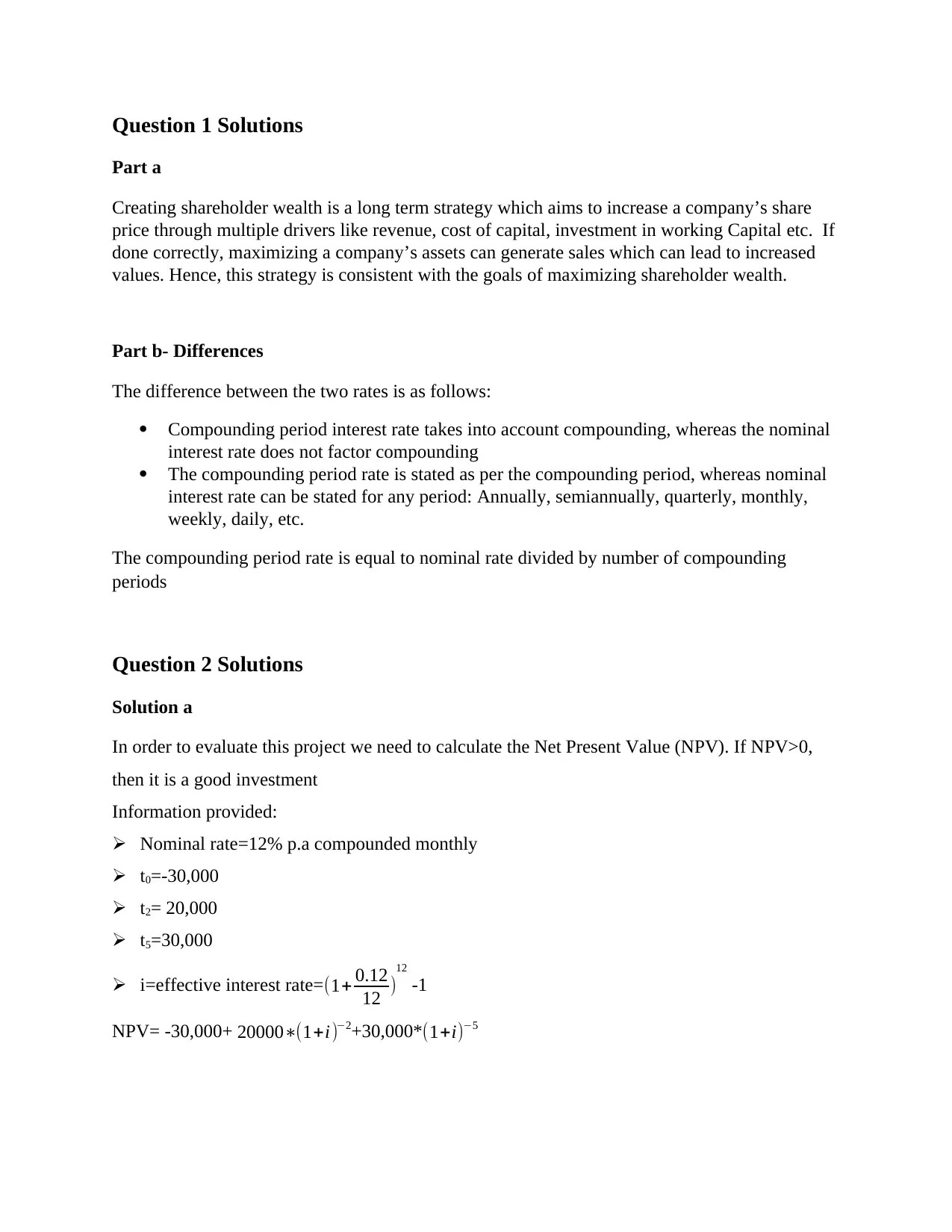
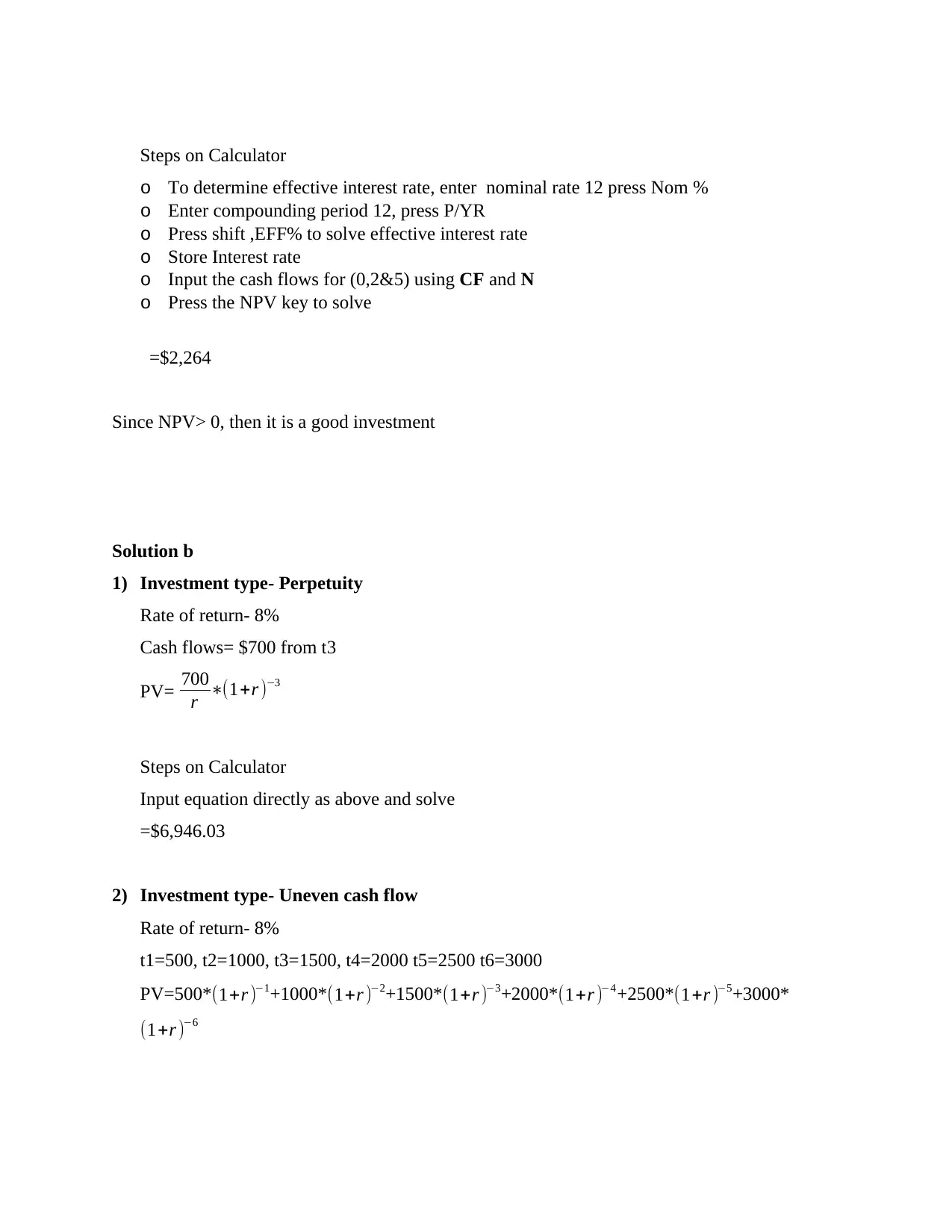
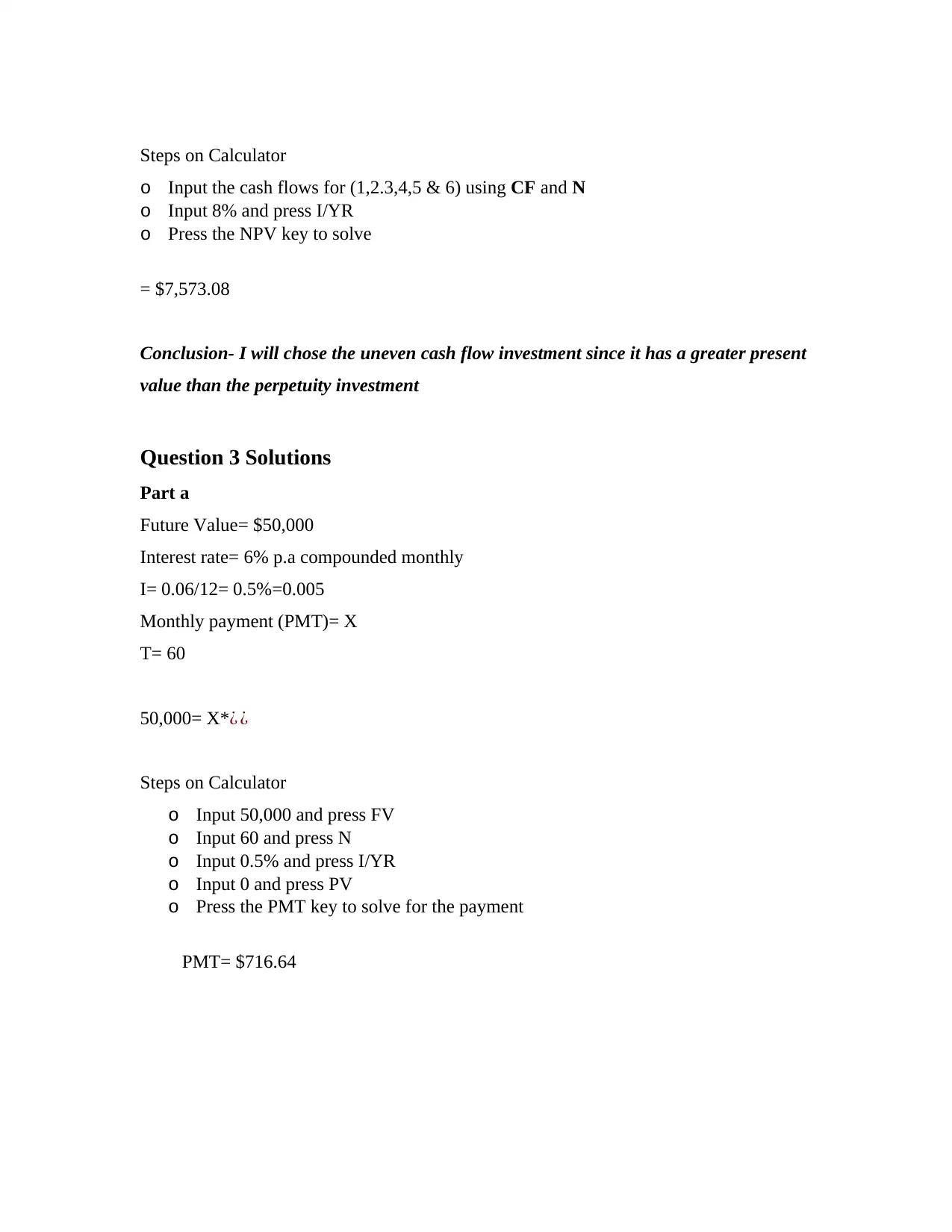

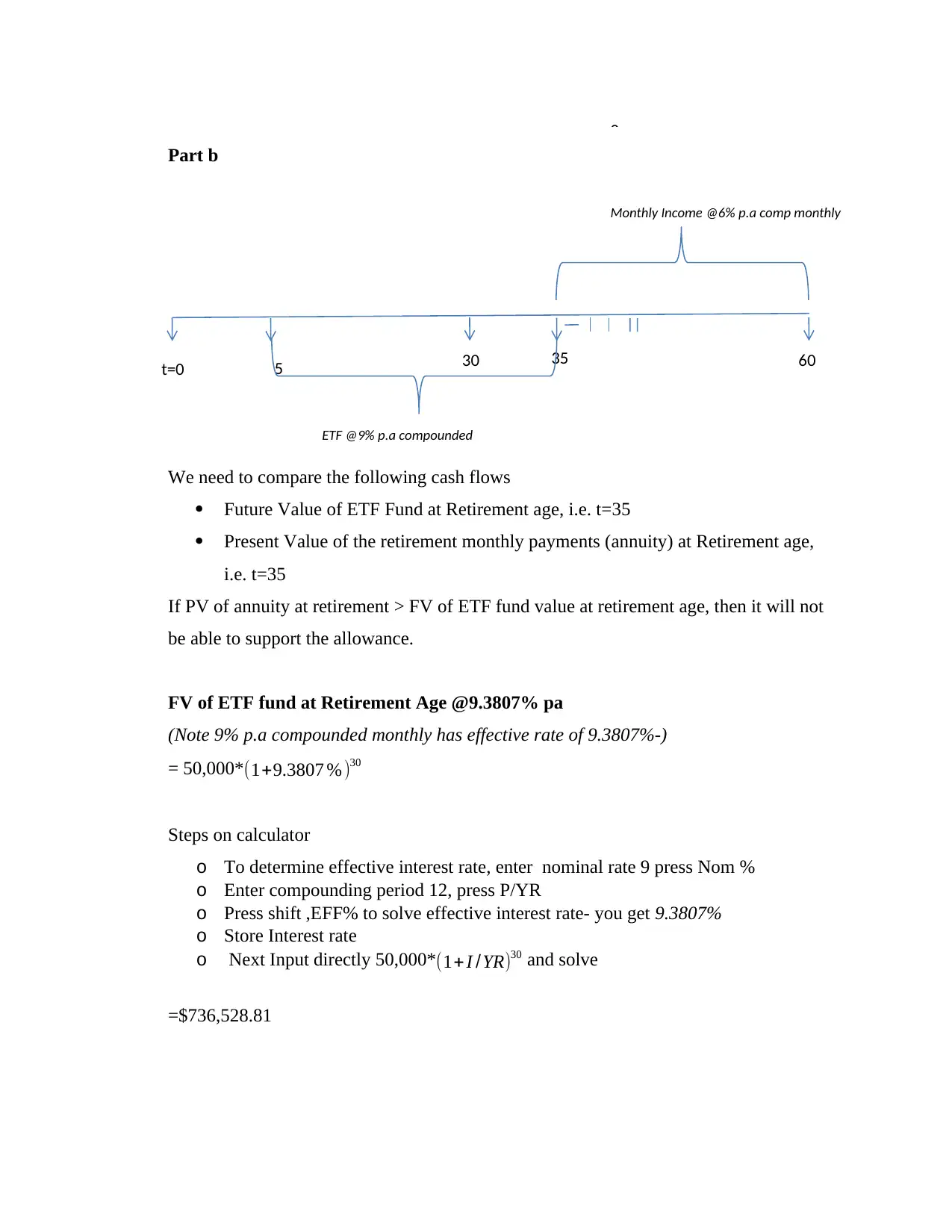
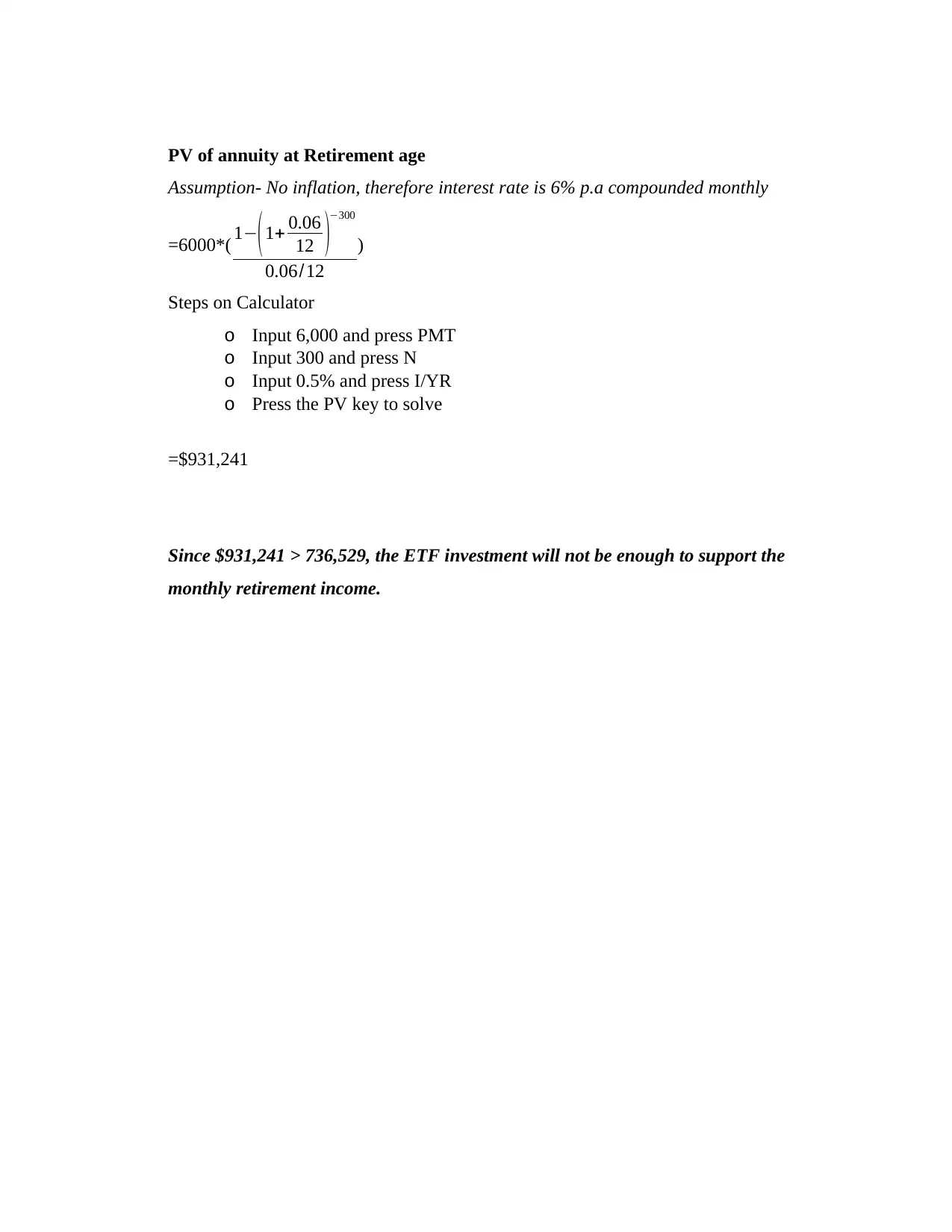
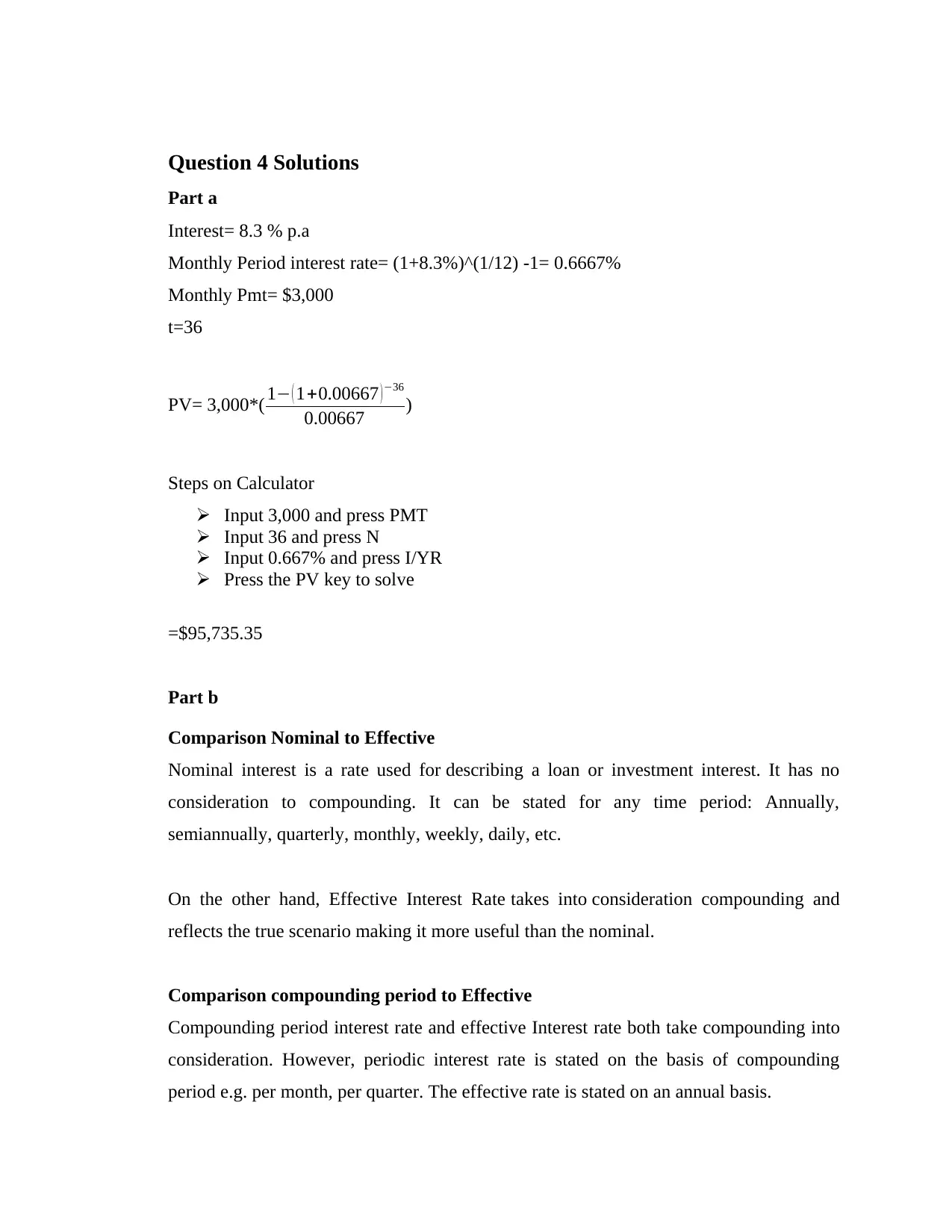







![[object Object]](/_next/static/media/star-bottom.7253800d.svg)